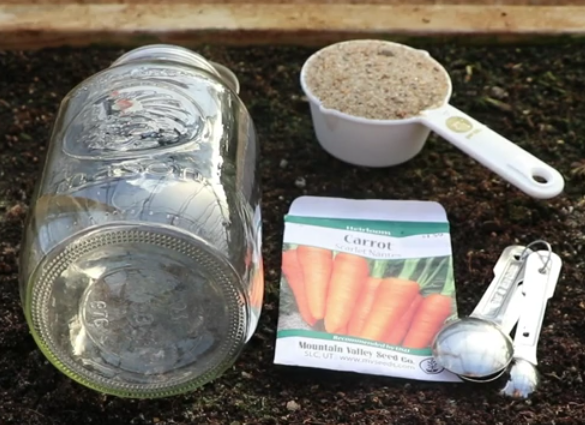this is a page for
Browsing Tag: gardening tricks
Weekly feed tips for your garden
Today Ive got a few tips on applying weekly feed fertilizer to your garden that will help improve your gardening experience. These tips on applying weekly feed to your garden will make things easier for you and help to make your plants healthier. Check out these tips for applying weekly feed to your garden and let us know if it helps you. Have any of your own tips? Share them in the comments,
Make sure your fertilizer is mixed before you go to the garden
Each week before I go to the garden I make sure the nutrients in the weekly feed are mixed well. With the lid on my bucket securely, it gets tipped end over end a few times. This redistributes the smaller micro nutrients and Epsom salt through the fertilizer. If you don’t do this, the micros and Epsom salt will settle to the bottom of the bucket and won’t get to your garden in the necessary amounts.
Applying weekly feed to garlic and onions
For most crops, the weekly feed is applied down the middle of the growing area. With onions and garlic you do not have that open space in the middle. (See spacing in this topic.) With garlic and onions just scatter the fertilizer over the entire growing area and water it in well. We don’t notice any type of fertilizer burn from it coming in contact with the plant. If you are worried about fertilizer burn simply water with your hose and a watering wand.

Water weekly feed into grow boxes by hand
Weekly feed that is applied to grow boxes must be watered in on day one with a watering wand. The automated watering is insufficient to thoroughly wet and get the nutrients into the growing medium. You can resume using your automated watering, if you use it, until your next feeding day. If you use only your automated watering system not all the nutrients will dissolve and be available to the plants. This can lead to hidden hunger and nutrient deficiencies.
Soil beds can be watered normally
Weekly feed applied to soil beds can be watered in with the automated system. Because the bed is watered until there is standing water the nutrients are able to dissolve. You do not need to water the weekly feed in by hand like you do with a grow box.
Prune in advance of applying weekly feed
Prune a day or two before feeding this. This opens up the grow box/soil beds and gives you more room to apply the weekly feed. You can see the kale in the video and the picture below as an example. As the garden grows and the plants get bigger it becomes difficult to apply weekly feed without getting some on the plants. If left on the plant the weekly feed will burn the leaves. Simply rinse the leaves off with your watering wand. For garlic and onions, just shake the weekly feed over the plants and the entire growing area and water. For crops that are grown in two rows and get too big for you to easily apply weekly feed down the center of the rows, you will need to gently pull one side back far enough to apply the weekly feed. It can be a bit of a challenge, but you’ll get the hang of it pretty fast.

Rinse weekly feed off plants to prevent fertilizer burn
Once your crops get big it becomes a challenge to apply weekly feed without getting some fertilizer on the leaves. The above picture shows big plants that make this a challenge. If left on those leaves it will “burn” the plant where the fertilizer sits. The fertilizer will leave a small white spot around it where the burn has occurred. In some instances you can simply shake the leaf slightly to remove the fertilizer. Since it needs to be watered in anyway, generally I use the hose and our watering wand. This rinses the weekly feed off the plants and waters everything.
How to plant tiny seeds easily
Trying to plant tiny seeds such as carrots can be difficult. If you have planted them before, you know how difficult it can be to get the spacing correct. The process is often wasteful and more than a little frustrating. Let me help make this process so much easier.
How is it made easier?
The process is made easier by helping to control how many seeds are applied in the garden. It is a simple and inexpensive method where you will add a small measured amount of the seeds to a larger measured amount of sand. Once the seeds are well distributed within the sand you can easily plant those tiny seeds my shaking out the mixture.
What do you need to plant tiny seeds easily
You are going to need a couple common measuring devices found in you kitchen, dry washed concrete sand, your seed and a clean container such as a common pint sized mason jar. You are about to be able to plant your tiny seeds easily!

The mixing ratio
The mixing ratio is simple. One part seeds go into 100 parts of sand. To make it a little easier for you, 1/4 of a teaspoon of seed is added to 1/2 cup of sand. Look for my video on the topic below to see the process.
Why you should use washed concrete sand
Sand from a river, or a road, is going to have a fair amount of weed seeds in it. If you use that sand you will be introducing more weeds to your garden and competition for the seeds you want to grow. Washed concrete sand has far less seeds and other foreign objects in it.
Find us on social media!
